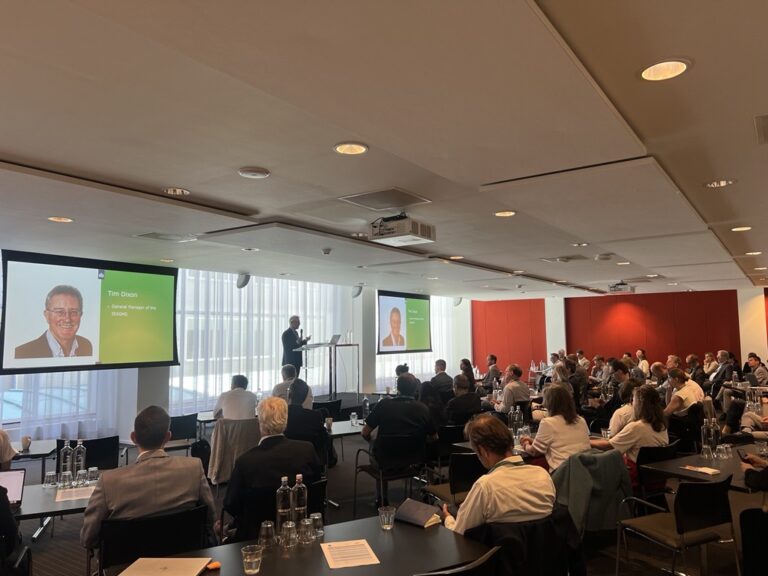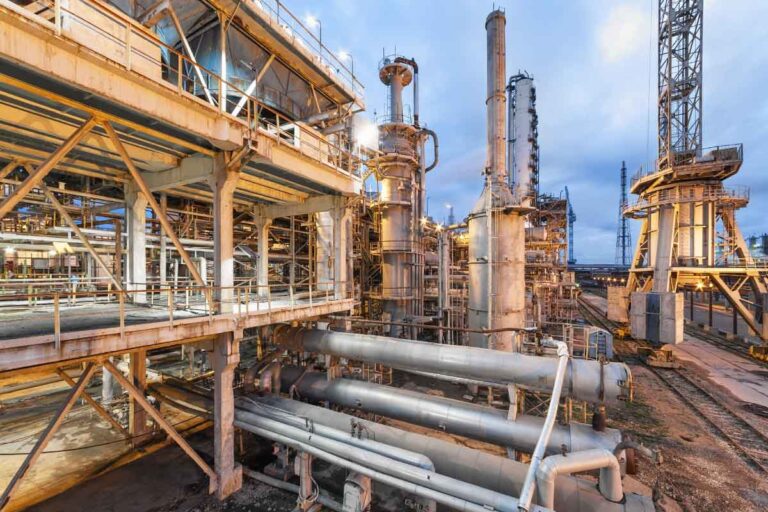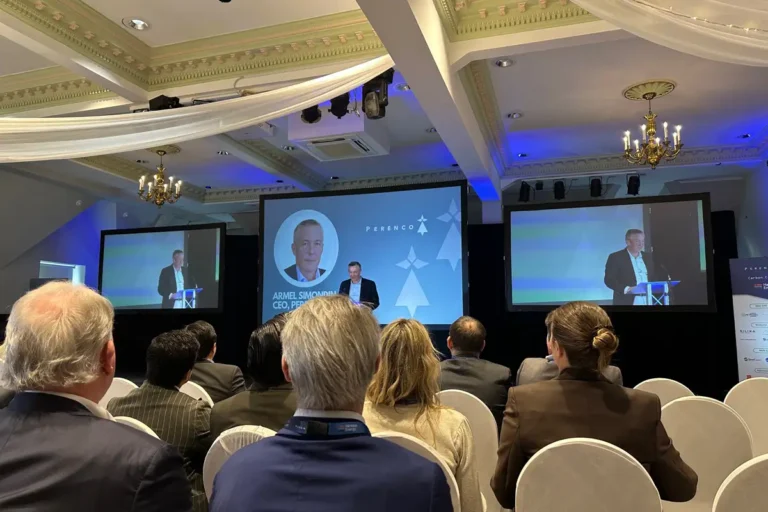
Shell Quest CCS Project Visit
30 May 2017

Following our 51st Executive Committee meeting of IEAGHG members in Edmonton, Alberta, Shell invited attendees to visit the Shell Canada Quest CCS Project. This was a great opportunity to visit this large-scale CCS demonstration plant now in operation, and, with the SaskPower’s Boundary Dam 3 CCS project, one of two major CCS projects located in Canada. As the first CCS project applied to oil sands operations, it was designed to capture and safely store an average of one million tonnes of CO2 per year. Launched in November 2015, the project is already on track to store its 2 millionth tonne of CO2 within the next couple of months – ahead of schedule.
The group were told about the process of planning, construction and subsequent operation that led to a successful project. Indeed, the process needed skilful and careful management. It quickly became obvious that they would not only need to show to politicians and public alike that the technology would operate effectively, reliably and safely, but they would also need to engage them of the social, economic and environmental benefits of the project. Following local meetings, coffee mornings and educational events that began well before project construction, the value of the project was recognised.
The Quest CCS project was built to help mitigate greenhouse gas emissions by capturing one-third of the CO2 emissions from Shell’s Scotford Upgrader, transporting it via an underground pipeline 65 km north and injecting it into a deep saline formation 2,000 metres below the surface. The storage reservoir consists of a thick sandstone formation just above the Precambrian crystalline basement. It was deposited in an ancient near-shore marine environment close to a river system. The rock formation has good porosity and permeability properties complemented by an excellent shale seal which will retain the trapped CO2. The area also benefits from an evaporite formation stratigraphically above the shale which provides a secondary impermeable barrier.
The Quest storage site is monitored constantly in the storage reservoir with seismic and pressure, and above which includes water chemistry in three different aquifers above the storage complex and a laser system which can pick up atmospheric anomalies across the site. Microseismicity is also monitored. Data from monitoring systems is relayed back to the control centre at the Scotford facility. The monitoring systems have been designed to detect subtle changes and offer reassurance to local communities as well as those with a more general interest in the technology.
The project had been working extremely well, from both capture and storage perspectives. Not only had Shell’s target for CO2capture been exceeded but the favourable subsurface geology meant that less wells had been needed, and they have further improved the cost-effectiveness of the monitoring. And, importantly for the future of similar projects, they estimate that, if Quest were built again today, it would cost 20-30% less to construct and operate.
Members of the IEAGHG ExCo were given a tour of the refinery and capture facility before being taken north to visit one of the injection and monitoring sites. Being on-site enabled a greater appreciation of this world-leading project, complimented by extensive and informative Q&A sessions by the members and IEAGHG staff with the Shell team. Many thanks to Shell for the visit.
Other articles you might be interested in
Get the latest CCS news and insights
Get essential news and updates from the CCS sector and the IEAGHG by email.
Can’t find what you are looking for?
Whatever you would like to know, our dedicated team of experts is here to help you. Just drop us an email and we will get back to you as soon as we can.
Contact Us NowOther articles you might be interested in
Get the latest CCS news and insights
Get essential news and updates from the CCS sector and the IEAGHG by email.
Can't find what you are looking for?
Whatever you would like to know, our dedicated team of experts is here to help you. Just drop us an email and we will get back to you as soon as we can.
Contact Us Now









